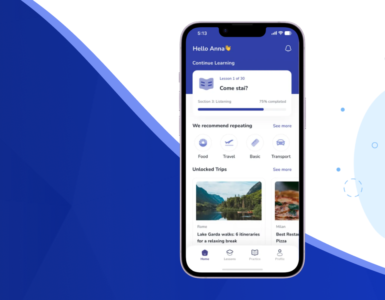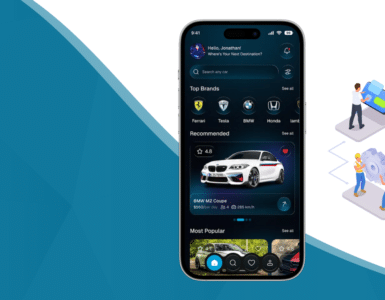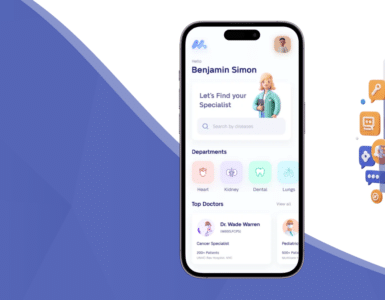The digital revolution is transforming consumer behavior, and Direct-to-Consumer (D2C) brands are leading the charge. A well-designed e-commerce app is no longer a luxury but a necessity for businesses looking to establish direct customer relationships and drive seamless shopping experiences.
If you’re an entrepreneur aiming to develop a D2C e-commerce app, understanding key success factors is crucial. From selecting the best ecommerce app development services to ensuring a smooth user experience, every decision counts.
At Siddhi Infosoft, we specialize in ecommerce app development services USA, helping brands create high-performing apps that boost engagement and drive sales. In this guide, we’ll walk you through the essential steps to building a powerful D2C e-commerce app.
Step 1: Define Your Business Goals and Target Audience
Before diving into development, establish a clear vision for your app:
- What are you selling? Identify what makes your products unique.
- Who is your ideal customer? Consider demographics, preferences, and shopping behaviors.
- What problems does your app solve? Ensure it adds value to your customers.
- What is your revenue model? Subscription, one-time purchases, or freemium options?
Conducting thorough market research and competitor analysis helps refine your strategy, positioning your app for success. A clear understanding of your audience allows you to create tailored marketing campaigns and design an app that meets user expectations.
Additionally, consider conducting surveys or interviews with potential customers to gather insights about their shopping behaviors and pain points. This will help you craft a user-centric approach from the very beginning.
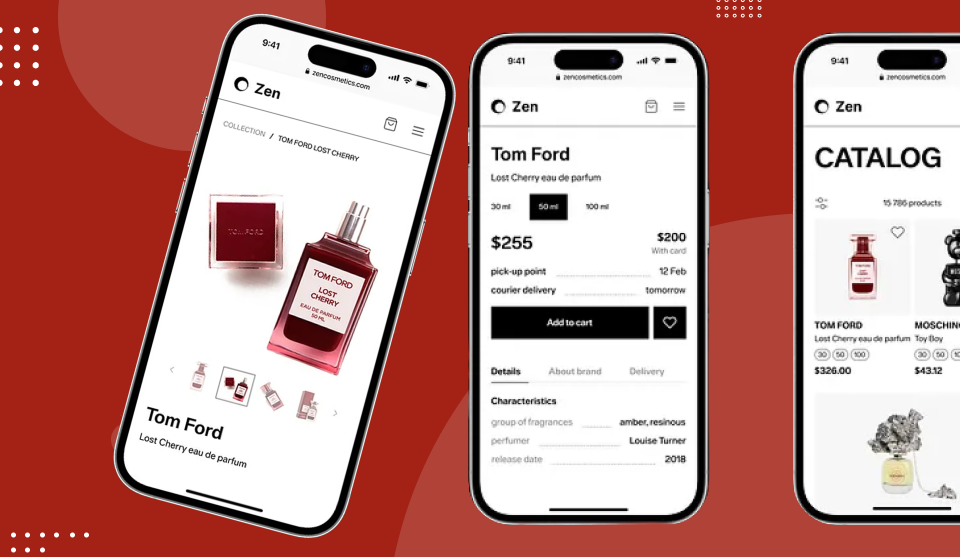
Step 2: Choose the Right Ecommerce App Development Services
Your development partner plays a crucial role in your app’s success. Look for:
- Expertise in ecommerce app development services USA
- A strong portfolio of feature-rich, scalable apps
- Experience with the latest mobile trends and technologies
- Customization options to align with your business needs
At Siddhi Infosoft, we ensure your app is built with cutting-edge technology tailored to your business model. We help you decide whether a native (iOS/Android) or cross-platform app best suits your goals.
The right development team can guide you through potential technical challenges, ensuring that your app performs efficiently and meets industry standards. Collaborating with experienced developers can also minimize development time while maintaining a high-quality end product.
Step 3: Select the Right Tech Stack
Your tech stack influences your app’s performance, security, and scalability. Here are some top choices:
- Front-end: React Native, Flutter, Swift, Kotlin
- Back-end: Node.js, Django, Laravel
- Database: Firebase, MySQL, PostgreSQL
- Payment Gateway: Stripe, PayPal, Razorpay
- Cloud Hosting: AWS, Google Cloud, Azure
Choosing the right stack ensures fast performance and future scalability. Scalability is crucial in e-commerce, as traffic and user engagement can fluctuate based on seasonal trends, marketing campaigns, and new product launches.
Furthermore, ensure that your tech stack supports third-party integrations such as CRM systems, ERP solutions, and AI-driven analytics to enhance efficiency and automation.
Step 4: Focus on UI/UX for an Intuitive Experience
A user-friendly interface is key to customer retention. Essential UI/UX principles include:
- Easy navigation with clear categories
- Fast load times to reduce bounce rates
- High-quality visuals and product images
- Personalized recommendations for better engagement
- Seamless checkout process to minimize cart abandonment
Innovative features like dark mode, voice search, and AR previews can give your app a competitive edge. User experience is a major factor in customer satisfaction, and a well-designed UI can lead to higher conversion rates and long-term brand loyalty.
Additionally, incorporate micro-interactions such as animations or haptic feedback to enhance engagement and make the app feel more interactive.
Step 5: Implement Essential E-Commerce Features
A successful D2C app should include:
1.User-Friendly Registration & Login – Social logins, biometric authentication
2.Smart Product Browsing & Search – Filters, sorting, and high-quality product images
3.Secure Payment Gateway – Multiple payment options with PCI-DSS compliance
4.Personalized User Experience – AI-driven recommendations, Wishlist
5.Order Management & Tracking – Live order tracking, returns management
6.24/7 Customer Support & Chatbots – AI-powered chat for quick resolutions
7.Ratings, Reviews & Social Proof – Verified customer feedback, social media integration
Incorporating wishlist functionality, abandoned cart reminders, and loyalty programs can further enhance the shopping experience and increase retention rates.
Step 6: Prioritize Security Measures
Since e-commerce apps handle sensitive user data, security is crucial:
- SSL encryption for secure transactions
- Two-factor authentication (2FA) for login protection
- Regular security audits to detect vulnerabilities
- GDPR compliance to safeguard customer data
Fraud detection mechanisms and end-to-end encryption further enhance security and build user trust. Implementing AI-powered fraud detection tools can help identify suspicious activities, preventing chargebacks and unauthorized transactions.
Step 7: Thoroughly Test Before Launch
Testing ensures your app functions smoothly before it goes live. Key testing methods include:
- Unit Testing – Verifying individual components
- Performance Testing – Ensuring fast load speeds
- Security Testing – Identifying vulnerabilities
- User Acceptance Testing (UAT) – Gathering real-user feedback
Beta testing with a small group of users helps identify last-minute improvements before full-scale deployment. It also allows you to analyze real-world interactions, ensuring the app meets customer expectations.
Step 8: Launch & Market Your E-Commerce App
A strategic launch maximizes visibility and user adoption:
- App Store Optimization (ASO): Optimize title, description, and keywords
- Social Media Marketing: Promote on Instagram, Facebook, TikTok
- Influencer Collaborations: Drive traffic through brand partnerships
- Email Marketing & Push Notifications: Re-engage users with offers
- Referral Programs: Incentivize users to invite friends
Creating a pre-launch campaign with teaser videos, countdowns, and beta invites can generate early interest and anticipation for your app.
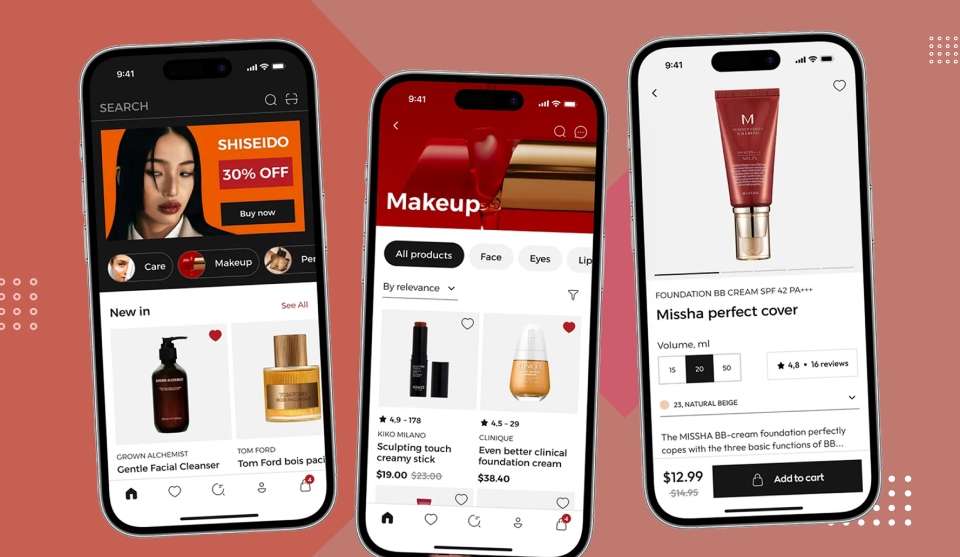
Step 9: Monitor Performance & Continuously Improve
Post-launch, track key metrics using Google Analytics and Firebase:
- User retention rate
- Conversion rates
- Cart abandonment rates
- Customer feedback & reviews
Regular updates, feature enhancements, and performance optimizations ensure long-term success. Analyze customer feedback regularly and make data-driven decisions to improve your app’s functionality and usability.
A/B testing can help refine UI elements, pricing strategies, and promotional offers, ensuring maximum impact and higher customer satisfaction.
Conclusion
Building a successful D2C e-commerce app requires careful planning, expert development, and ongoing improvement. By partnering with Siddhi Infosoft, you ensure your app is customized to your brand’s needs and optimized for growth.
Ready to elevate your D2C brand? Get in touch with Siddhi Infosoft today for expert ecommerce app development services USA!
FAQs
Q1. What is a D2C e-commerce app?
It’s a mobile app that allows brands to sell directly to customers without middlemen.
Q2. Why do D2C brands need a mobile app?
It boosts customer engagement, loyalty, and sales through a personalized shopping experience.
Q3. How much does it cost to build a D2C e-commerce app?
Costs vary based on features and platforms but typically range from a few thousand dollars upward.
Q4. What features should every D2C e-commerce app include?
Secure payments, product filters, order tracking, reviews, and AI-driven recommendations.
Q5. How long does it take to develop a D2C e-commerce app?
On average, it takes 2–6 months depending on complexity.
Q6. Which technologies are best for building e-commerce apps?
Flutter, React Native, Node.js, Django, Firebase, and AWS/Google Cloud.
Q7. How can Siddhi Infosoft help in D2C app development?
We provide expert ecommerce app development services USA tailored to your brand’s needs.


